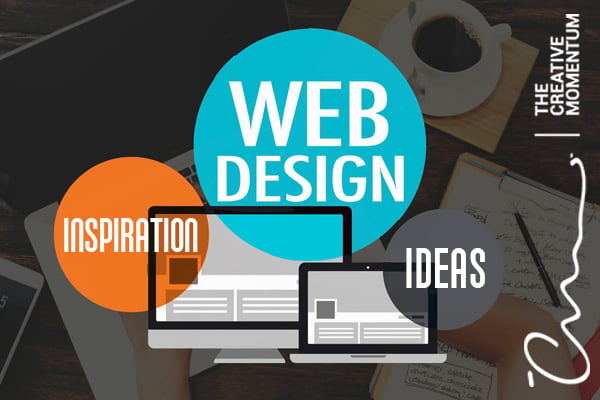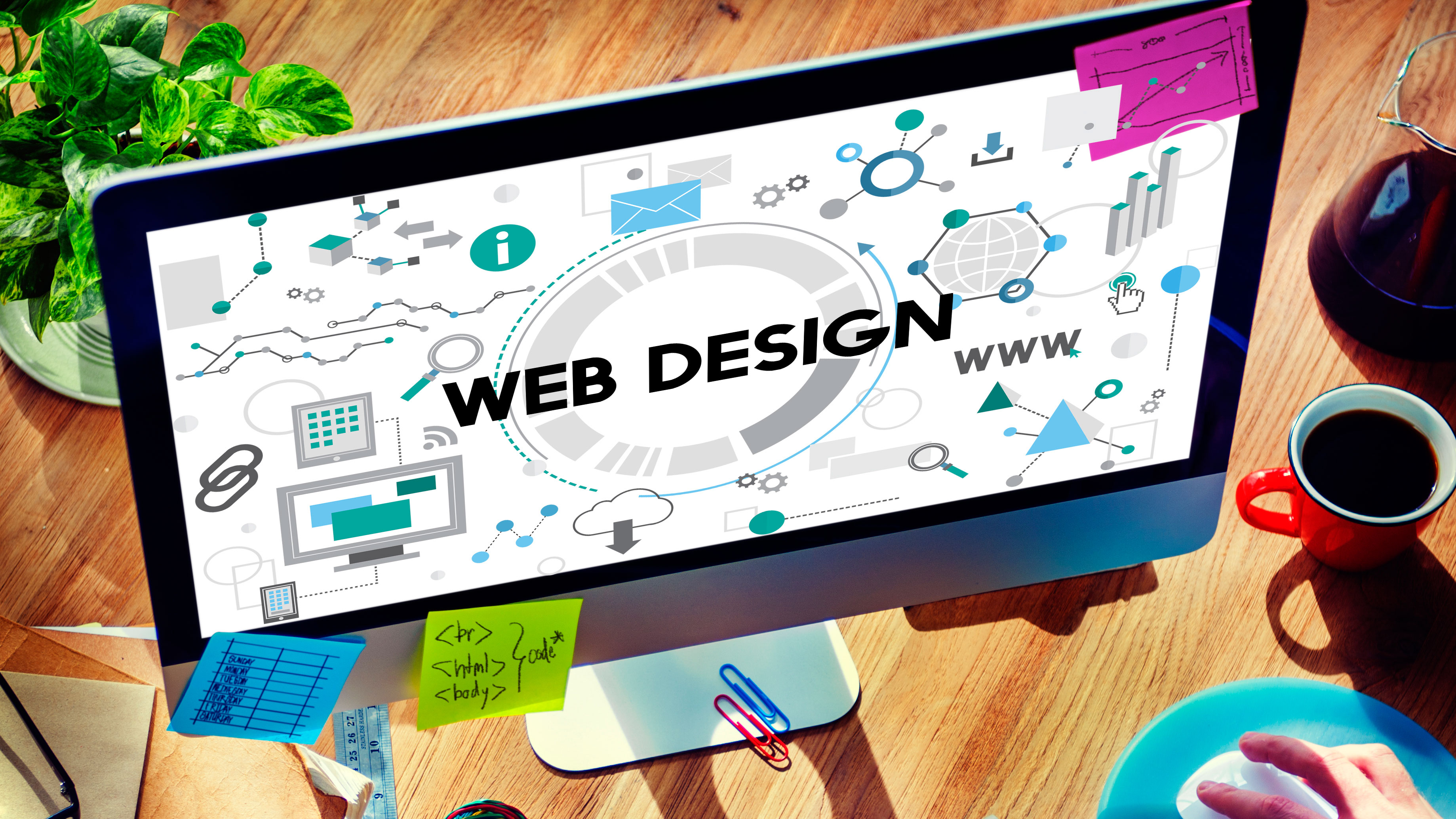Aligned Position Web Design: Delivering High-Quality, User-Friendly Web Designs for Every Industry
Aligned Position Web Design: Delivering High-Quality, User-Friendly Web Designs for Every Industry
Blog Article
The Very Best Kinds Of Web Layout to Enhance User Experience and Engagement
In the ever-evolving landscape of electronic communication, the performance of Web design considerably affects customer experience and engagement. Different layout methods, such as minimal, receptive, and interactive layouts, each deal one-of-a-kind benefits that can cater to diverse individual needs.
Minimalist Website Design
As digital landscapes end up being progressively chaotic, minimal website design has emerged as a powerful approach to enhancing user experience. This layout philosophy focuses on simpleness, concentrating on crucial elements while removing unnecessary distractions. By making use of sufficient white area, simple navigation, and a restricted shade combination, minimalist design fosters clearness and routes individual focus to vital content.
The core principle of minimal website design is to develop a seamless communication for customers. By reducing cognitive tons, users can swiftly grasp details without feeling overwhelmed. This straight strategy not only improves use yet likewise encourages interaction, as site visitors are extra likely to explore a website that is easy and aesthetically enticing to browse.
Additionally, minimal design commonly highlights typography and images, using these aspects strategically to convey messages effectively. In significance, minimalist Web style is not simply a fad; it is a thoughtful method that acknowledges the significance of user-centered layout.
Responsive Website Design
In today's diverse digital environment, responsive website design has come to be vital for developing a smooth user experience throughout a plethora of tools. As customers accessibility internet sites on smart devices, desktops, tablet computers, and laptops, the capability of a site to adjust its layout and material to various display sizes and resolutions is vital.
Responsive website design utilizes versatile grids, images, and CSS media queries to guarantee that Web content is offered efficiently, no matter the device utilized. This technique not just boosts the aesthetic appeal of a site however also substantially enhances use. Customers are most likely to involve with a site that offers a constant experience, as it removes the disappointment of having to focus or scroll exceedingly.
By embracing receptive layout, services can improve their visibility and get to a broader target market. In summary, receptive Web style is a fundamental practice that improves individual experience, involvement, and overall complete satisfaction.
Interactive Website Design
Responsive website design lays the foundation for improving individual experience, however interactive Web layout takes this an action even more by involving users in an extra dynamic way - Aligned Position Web Design. By incorporating aspects such as animations, clickable prototypes, and real-time feedback, interactive Web style captivates customers, drawing them right into a richer surfing experience
This technique not only promotes involvement however also encourages customers to discover content proactively rather than passively consuming it. Techniques such as gamification, where individuals gain incentives for finishing jobs, can dramatically enhance the moment spent on a site and improve total contentment. Interactive features can simplify complex information, making it a lot more absorbable and delightful.

Incorporating interactive layout elements can additionally cause higher conversion rates, as customers are more most likely to involve with a site that proactively involves them. Aligned Position Web Design. Eventually, interactive website design changes individual experiences right into unforgettable trips, guaranteeing that site visitors return time after time
Flat Style
Identified by its minimalistic technique, flat style stresses simplicity and performance, removing away unneeded aspects and concentrating on important attributes. This design ideology prioritizes use, making certain that individuals can browse user interfaces with simplicity and performance. By employing a clean aesthetic, flat layout eliminates the clutter typically found in much more elaborate designs, consequently improving user emphasis on material and capability.
The trademark of level style lies in its use bold shades, simple typography, and geometric forms. These elements contribute to an aesthetically appealing interface that is both approachable and modern. Furthermore, flat layout promotes a feeling of quality, allowing users to discern essential actions and information without disturbance.
In addition, flat design is particularly efficient in receptive Web design, as its simplicity converts well across numerous devices discover here and display sizes. By focusing on vital features, level style not only fulfills user demands however likewise motivates smooth interaction, making it a crucial part of effective Web design methods.
Adaptive Website Design
Flexible website design tailors the customer experience by developing multiple taken care of formats tailored to various display sizes and gadgets. Unlike receptive layout, which fluidly adjusts a single layout, adaptive layout employs distinctive formats for certain breakpoints, guaranteeing optimal presentation on numerous platforms. This technique permits developers to concentrate on the special characteristics of each gadget, boosting usability by delivering specifically what users require based upon their context.
One of the key advantages of adaptive Web design is its capacity to optimize tons times and efficiency. By offering customized content and photos that fit the customer's gadget, sites can decrease information usage and enhance loading rates. This is particularly valuable for customers with slower links or restricted information strategies.

In addition, adaptive layout helps with an extra constant and regulated branding experience. Since developers create numerous designs, they can guarantee that the aesthetic elements line up with the brand name's identification across different systems - Aligned Position Web Design. This causes a natural user experience, enhancing navigate to this site interaction and promoting individual retention
Conclusion
To conclude, the integration of minimal, responsive, and interactive website design concepts significantly enhances customer experience and involvement. Minimalist layout fosters quality and emphasis, while receptive layout makes sure versatility across numerous devices, advertising access. Interactive style mesmerizes individuals with dynamic aspects, urging exploration and customization. Jointly, these style comes close to contribute to the development of user-friendly atmospheres Aligned Position Web Design that not just improve fulfillment however additionally drive higher conversion prices, highlighting their important value in modern website design techniques.

Minimalist design promotes quality and emphasis, while receptive style ensures flexibility throughout different gadgets, promoting accessibility. Collectively, these style approaches add to the creation of user-friendly environments that not just boost contentment however likewise drive greater conversion prices, underscoring their vital importance in contemporary Web layout techniques.
Report this page